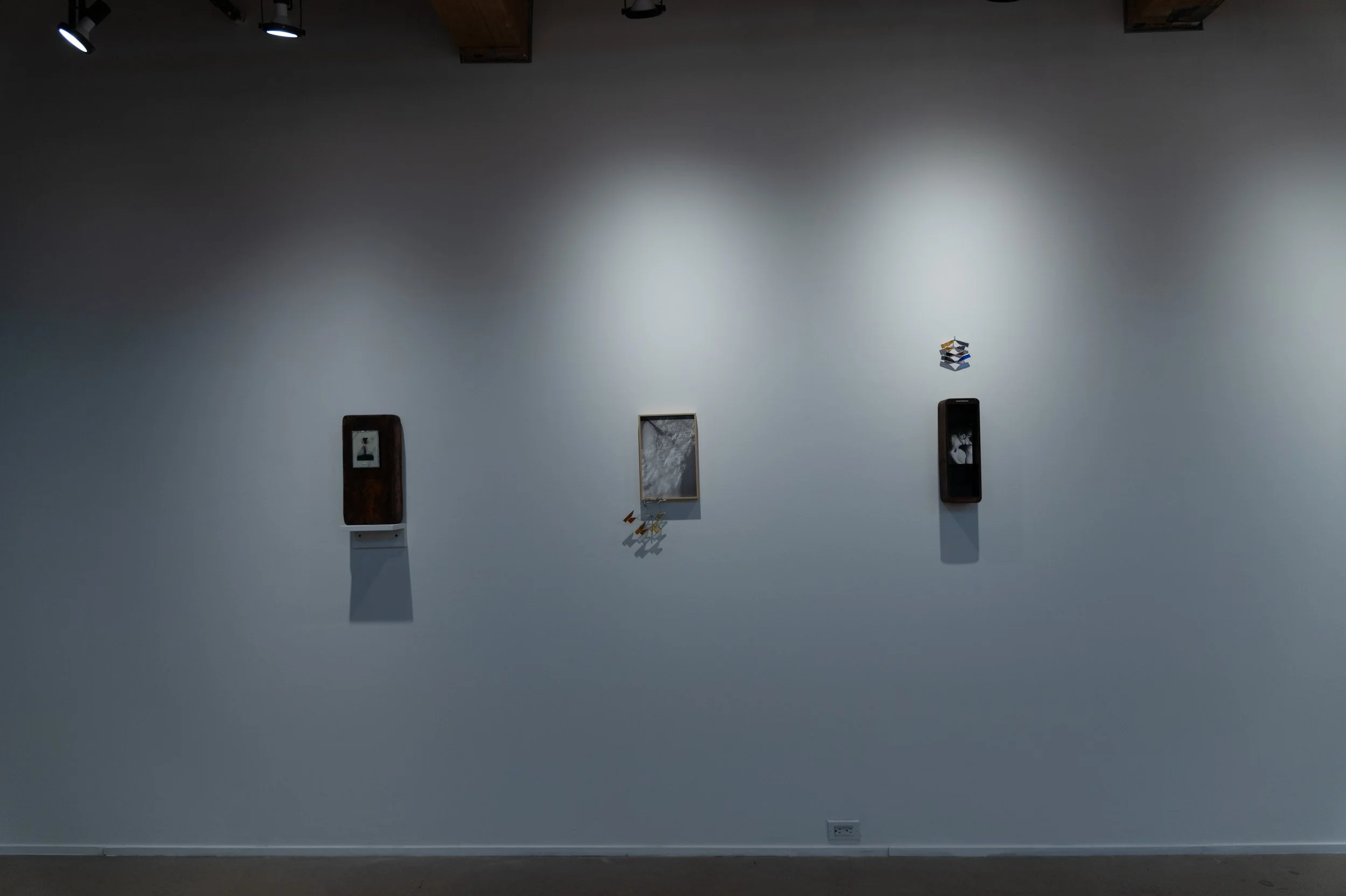In To Bend, to Fit, to Bare artists Laura Honsberger, Annika Kapral, Beckett Koreen and Christina Oyawale offer their reflections on the experience of Queerness within a binary society. The exhibited works approach Queerness as something more than a sexual identity, but as a powerful practice of disrupting, connecting and questioning. In so doing, the artists demonstrate how we can push beyond what is considered right, or good, and look instead towards a future of expanded acceptability.
Many Queer scholars and artists have begun to recontextualize the definition of Queerness, steering away from Queerness as merely an identifier opposite to heterosexuality. Author and activist Erin J. Rand writes, “This is a de-essentialized notion of queerness that disconnects “queer” from any particular referent and refigures it as the undecidability from which rhetorical agency is actualized.” Rand goes on to state that this understanding of Queerness does not remove its inherent sexual or political implications, but rather unhinges the term from a singular point of view.
As Queer individuals, there is a pressure to bend and to fit, often accompanied by a blanket of discomfort. Yet despite the structural implications that weigh on our shoulders, we push back, offering alternatives and suggesting new possibilities. Why must we do things one way, when another way works just as well–or perhaps even better? To Bend, To Fit, To Bare investigates Queerness-as-practice, probing the idea of “correctness” and the acts that quantify this understanding.
















